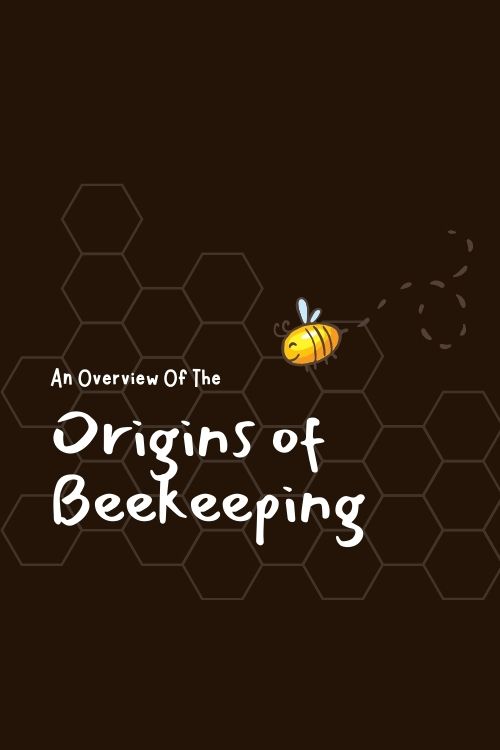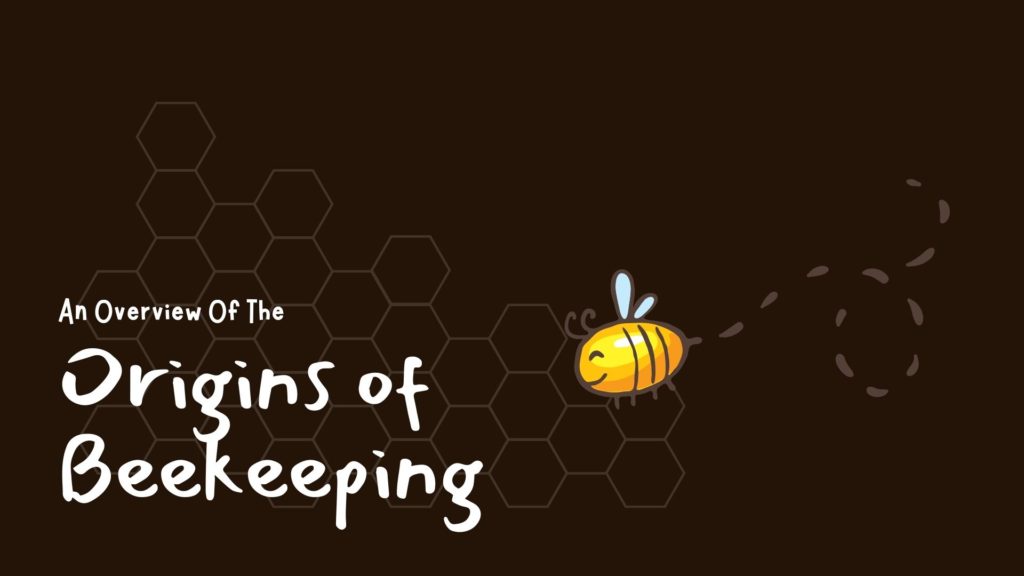
An Overview of the Origins of Beekeeping
If you’re a bee enthusiast, you’re most likely hungry for any knowledge related to both beekeeping and bee and wasp removal. Some of the origins of beekeeping go way back, even further than the average person probably thinks! That is why we’re here to educate you today on how the practice became so widespread in different parts of the world!

The earliest proof of people collecting honey is hidden among rudimentary artwork of extinct creatures deep inside a cave in Valencia, Spain. The Neolithic artwork depicts a guy on a ladder holding a smoldering branch in one hand to calm the bees buzzing around his head and chest and a hive in the other. Domestication was an exotic idea during his period, which was about fifteen thousand years ago. Like other animals, bees were solitary creatures; if people desired to steal their priceless wax or honey reserves, they had to locate wild hives. On ancient pottery shards from North Africa to Denmark and from Portugal to the Balkans, distinct chemical residues of their loot have been discovered, demonstrating the practice’s global dissemination.
Although historians found the oldest beehive in northern Israel, they contend that the Egyptians originally perfected beekeeping. They smoked the bees to keep them tranquil, developed their creatures specifically for honey output and temperament, and even transported their hives down the Nile River to take advantage of seasonal blooms—practices very similar to ours today. Beekeeping was a flourishing industry; the only accessible sweetness was honey, and beeswax had a wide range of uses. Wax has been utilized for various things, including dental fillings, writing surfaces, bowstrings, sculptures, candles, waterproof seals, and writing surfaces. Egyptian culture depended so heavily on beekeeping that one of the pharaoh’s numerous titles was “Bee King.”
After Egypt’s golden age, beekeeping continued to be a thriving tradition around the Mediterranean. The monastic orders frequently carried the load during the Middle Ages in Europe. The bees were a model for Christian institutions because they were diligent, well-organized, and productive. They also brought in money. Mead, an alcoholic beverage derived from fermented honey, became popular among the nobles and monks because many European estates were too cold to grow wine grapes.
Beekeepers even got their patron saints during this time. The most notable of them was St. Ambrose, who is said to have had a drop of honey placed on his tongue by a swarm of bees, prophesying his future eloquence. But British beekeepers choose St. Bartholomew as their patron since his feast day, August 24, falls on the ordinary honey harvesting day.
The Europeans brought their bees with them when they conquered the New World. Although honeybees are not indigenous to North America, they quickly adapted to their new environment. However, the colonies turned feral and started to spread across the continent. Even indirectly, bees influenced the development of the United States. When Missouri became a member of the Union in the 1820s, it was decided that the state’s northern border with the Iowa Territory would follow a pair of rapids on the Des Moines River. Unfortunately, the surveyor misunderstood the compass and, as a result, marked the line several miles to the north of where it was. Due to the confusion, a Missouri tax collector entered Iowa and destroyed three hives as payment. Because of the incident, Iowans became furious, and soon the state’s various militias were being held at gunpoint. How about that?!
Due to the rich history of beekeeping and the benefits bees bring us, humans, a concerted global effort is currently being made to comprehend bees’ problems. Beeman Buzz, the best bee and wasp removal service in Orange County truly stresses this. Companies like The Best Bees Company are developing long-term answers to these new problems, such as figuring out how Nosema apis spreads and trying to breed disease-resistant colonies. We dream that the beautiful coexistence of bees and humans will last for many years. However, some bees are just bound to bug you. That’s why if you’re Googling “bee removal near me,” look no further than Beeman Buzz!
Read the related article here: https://www.furniturestoressandiego.com/2021/07/25/how-to-prevent-bees-and-wasps-from-settling-near-your-house/